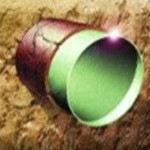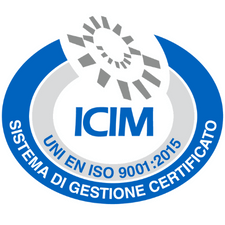
After a thorough visual inspection, carried out through sophisticated equipment and cameras that allow a precise diagnosis of possible active faults is done by coating inside the pipe with a sheath of polyester or glass fibers (liner), impregnated with special resins and contained in a closed system from high density polyethylene films.
The impregnated sheath is first inserted into the pipe and made to expand with water or steam pressure, then is structural performance up to complete hardening ensuring a uniform thickness of the coating and the respect of the original diameter of the pipeline as well as a great resistance and durability recovery.
The various types of Cured in Place Pipe differ depending on the method used for the curing of the resin (polymerization):
Water methods;
Dry methods (air and superheated steam);
methods ultraviolet (UV Lining);
and depending on the method used for the insertion of the liner in the host pipe:
inclusion for reversal;
input for traction.
The method we propose is the UV-Lining using the photo polymerization technique through excitement, through the UV lamps, photoinitiators (catalyst sensitive to UV rays) in the resin.
The technique used for the insertion of the liner is that for traction which greatly reduces the processing time and requires space on the construction site by far smaller compared to the inversion techniques.
The advantages that derive from UV-Lining, compared to traditional techniques, are multiple:
high degree of controllability of the polymerization of the resin (controlled step by step through a camera and of the temperature sensors)
much higher mechanical strength
roughness improvement
very low concentrations of styrene
lower cost of machining
less reduction of the useful section of the pipes
smaller footprint of the vehicles used on construction site
greater speed in the processing stages











